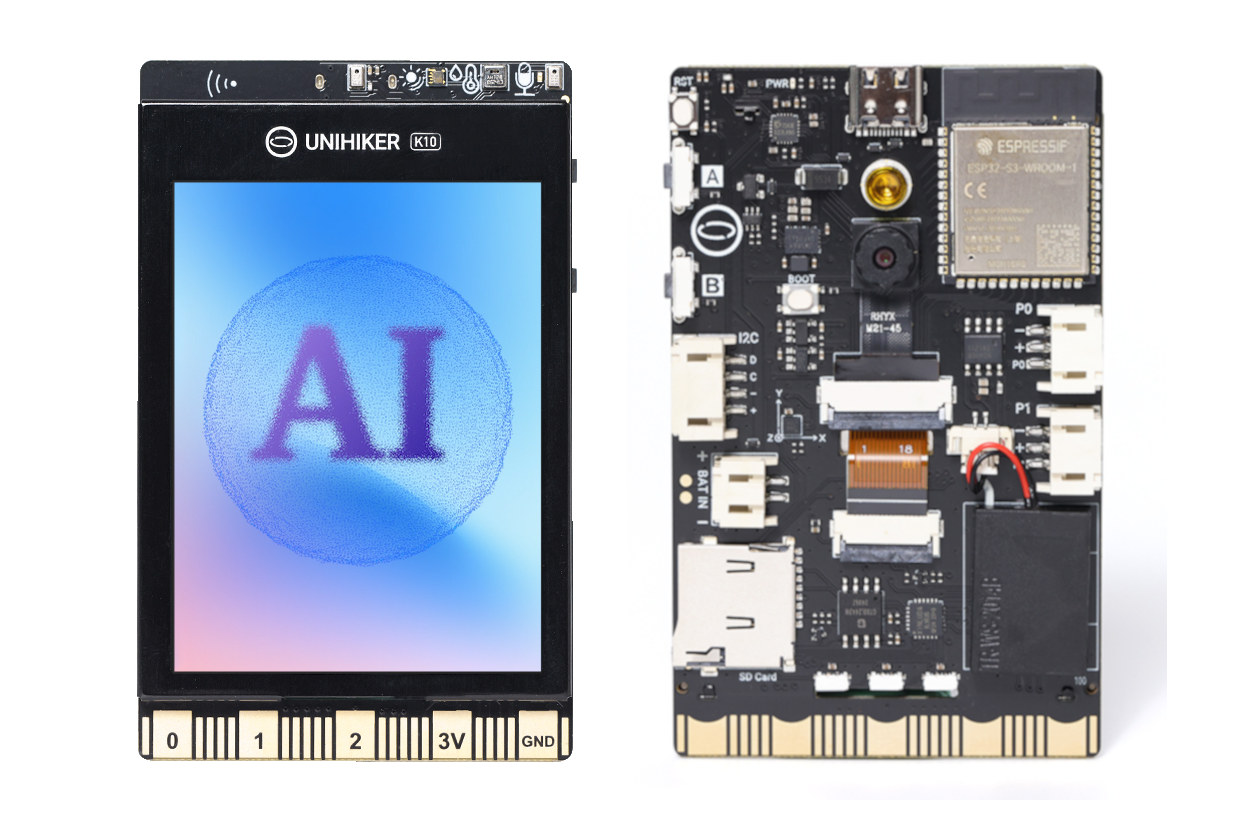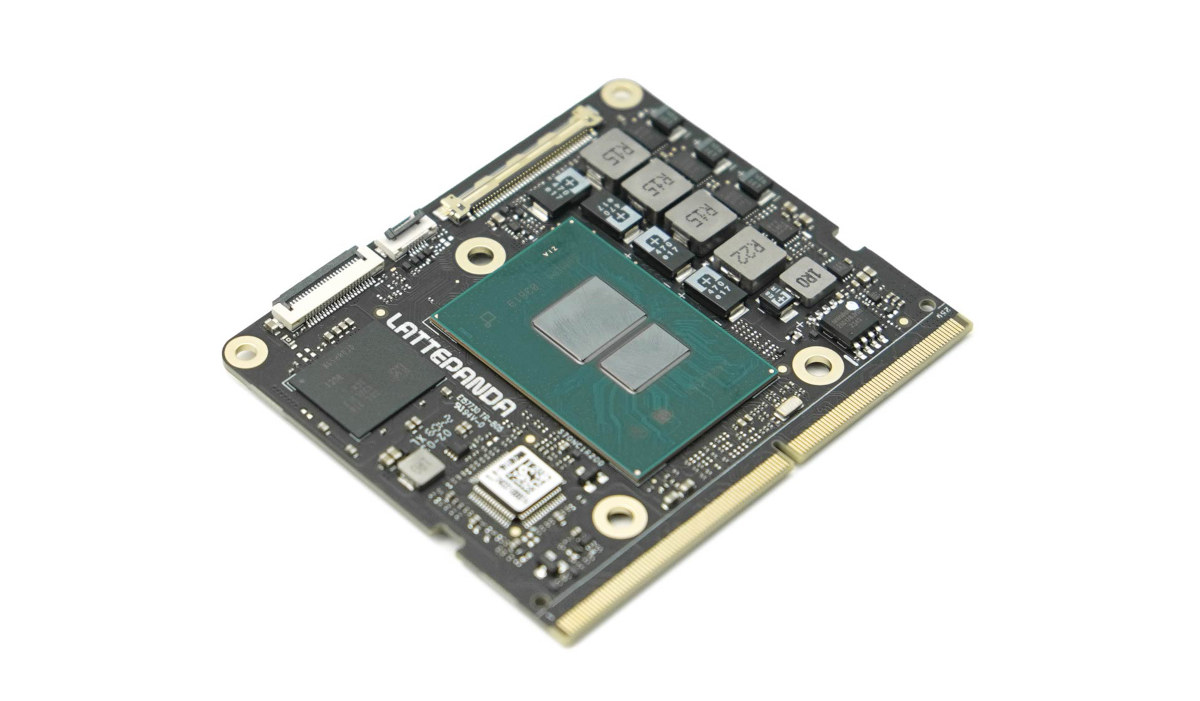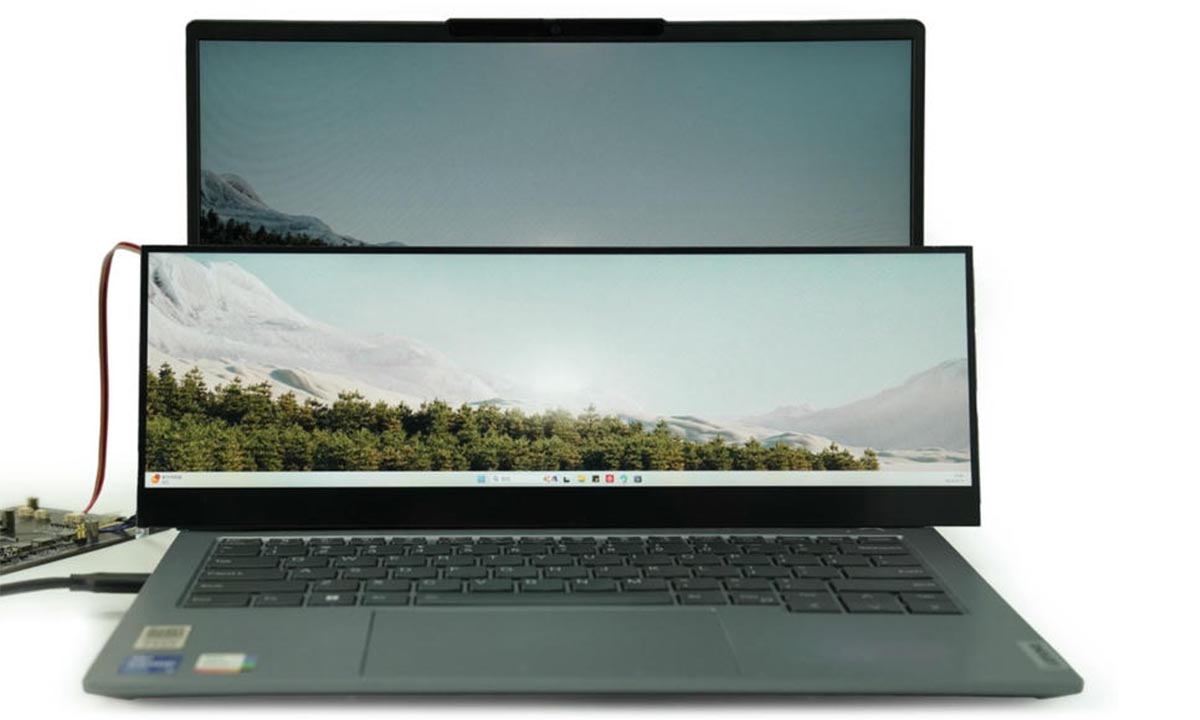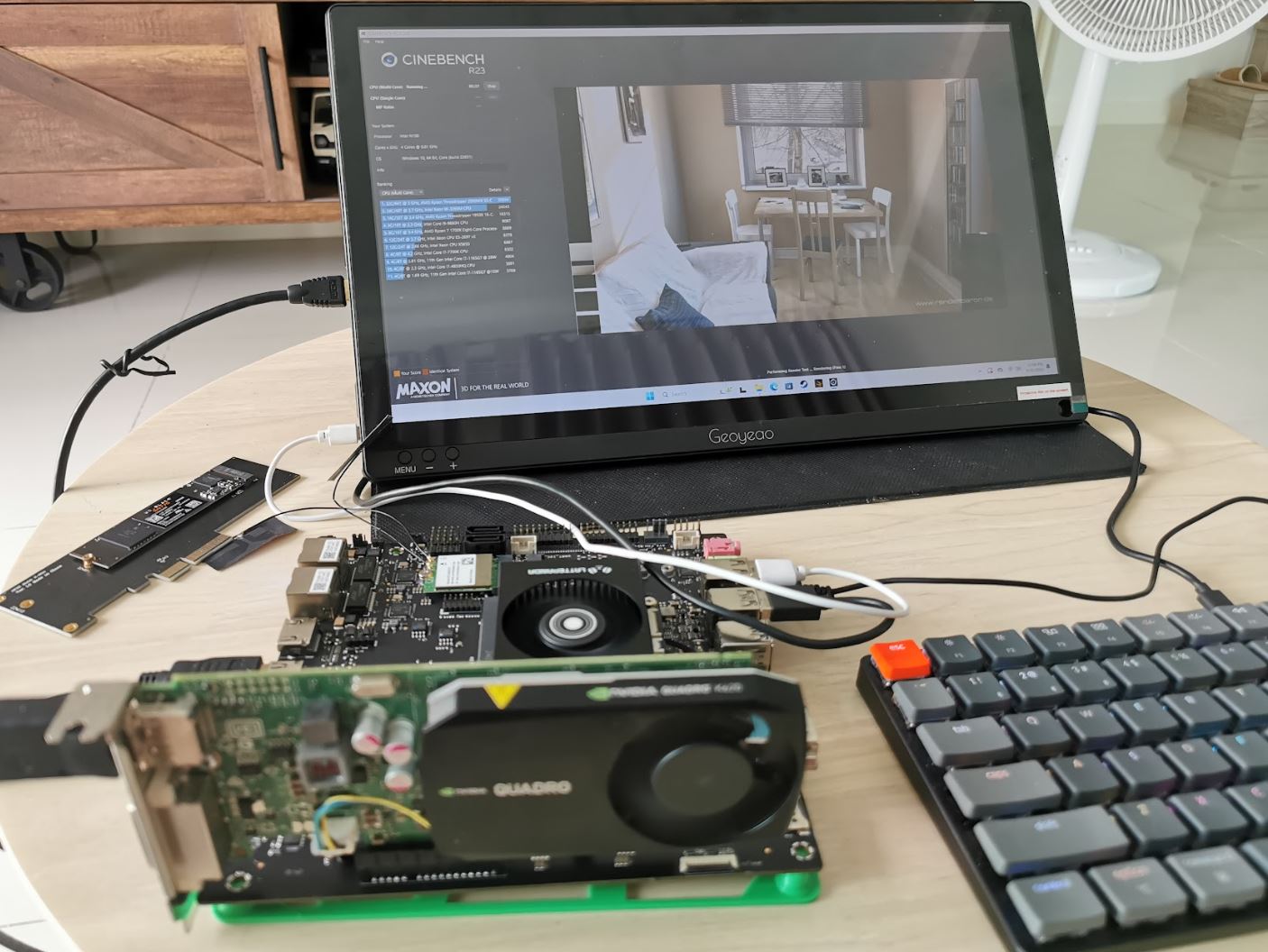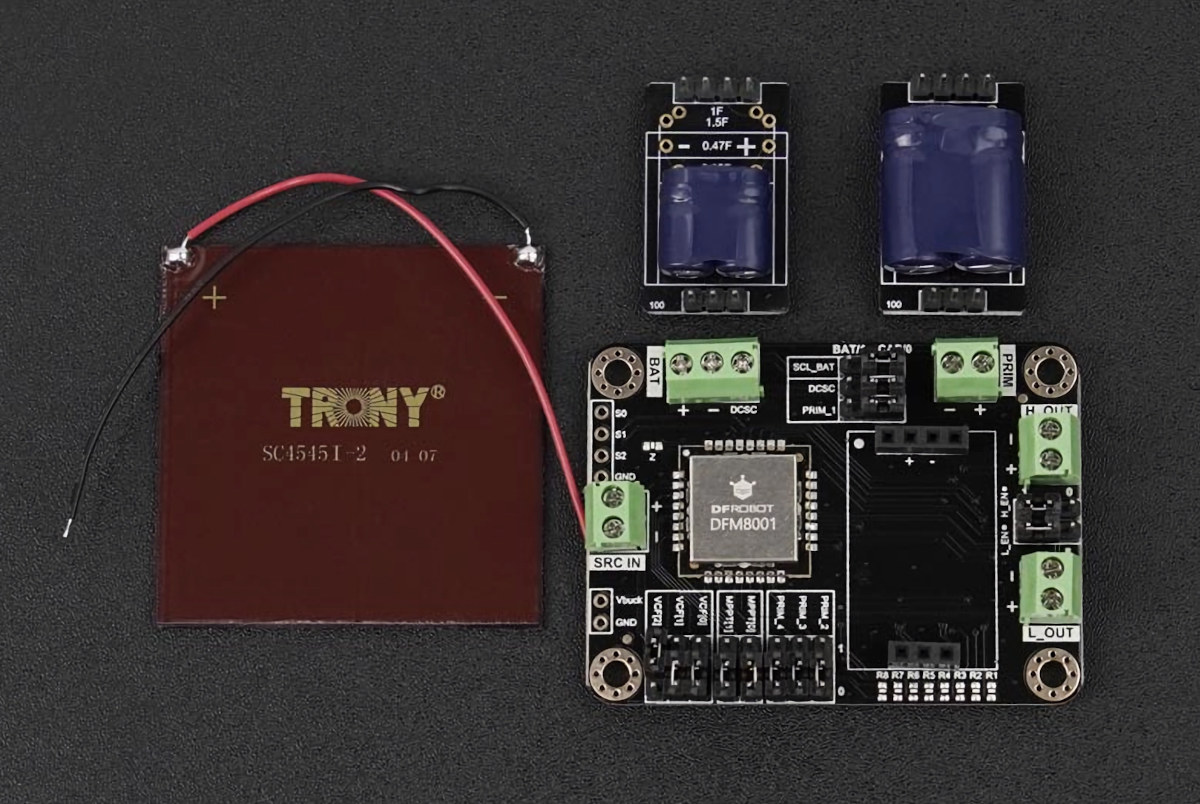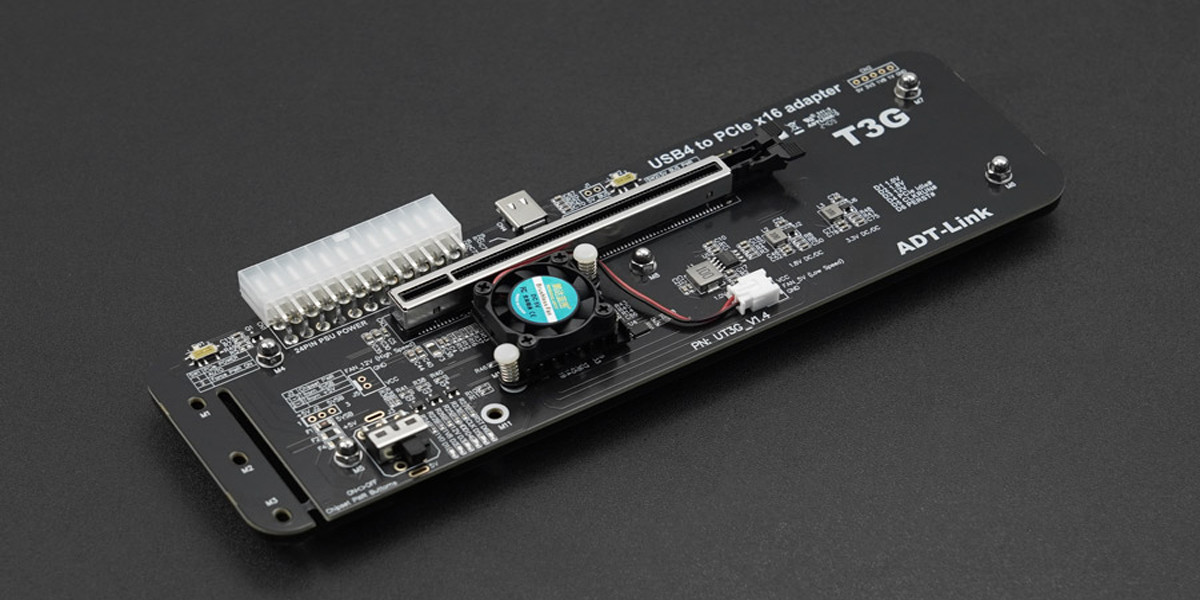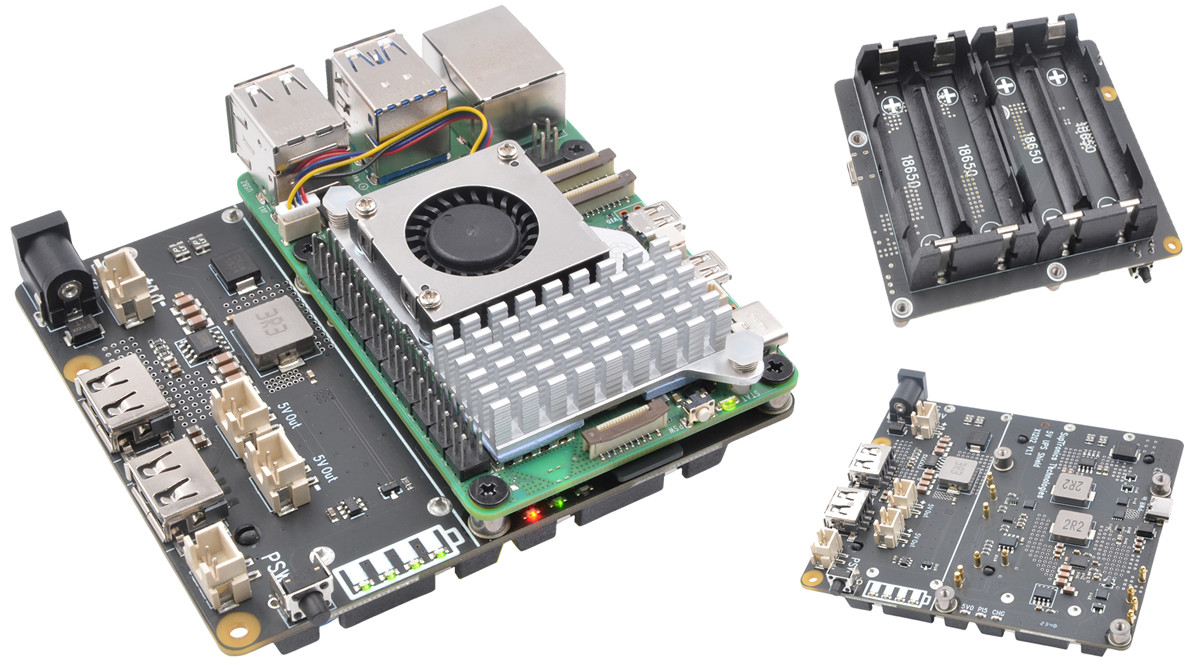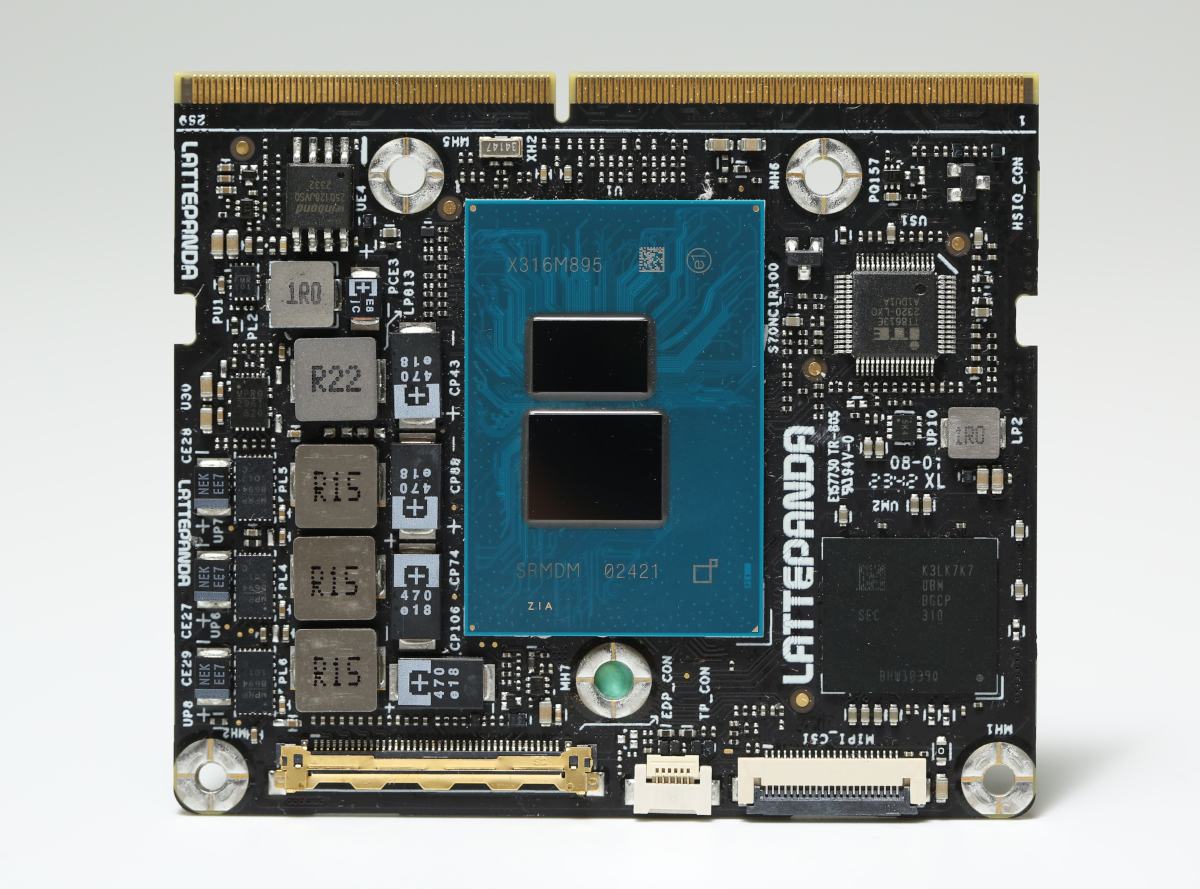UNIHIKER K10 is a low-cost STEM education platform for TinyML applications that leverages the ESP32-S3 wireless microcontroller with vector extensions for workloads such as image detection or voice recognition. The UNIHIKER K10 also features a built-in 2.8-inch color display, a camera, a speaker, a 2-microphone array, a few sensors, a microSD card, and a BBC Micro:bit-like edge connector for power signals and GPIOs. It’s a cost-optimized version of its Linux-based big brother – the UNIHIKER M10 – first unveiled in 2022. Arnon also reviewed the UNIHIKER in 2023, showing how to configure it, use the SIoT platform with MQTT message, and program it with Jupyter Notebook, Python, or Visual Studio Code. Let’s have a closer look at the new ESP32-S3 variant. UNIHIKER K10 specifications: Core module – ESP32-S3-WROOM-1 MCU – ESP32-S3N16R8 dual-core Tensilica LX7 up to 240 MHz with 512KB SRAM, 8MB PSRAM, 16MB flash Wireless – WiFi 4 and […]
The LattePanda Mu SoM is now available with Intel Core i3-N305 octa-core SoC
Launched last year with an Intel Processor N100, the LattePanda Mu system-on-module is now available with an Intel Core i3-N305 octa-core processor delivering both higher single-core and multi-core performance, and faster 3D graphics acceleration. All interfaces are the same all exposed through a 260-pin SO-DIMM edge connector including up to 9x PCIe Gen3 lanes, two SATA, eDP, HDMI, and DisplayPort interfaces, twelve USB interfaces, and more. The LattePanda Mu launched with 8GB RAM last year, but both the N100 and Core i3-N305 models are now available with up to 16GB LPDDR5 IBECC memory, while the eMMC flash capacity remains at 64GB for all variants. LattePanda Mu specifications: SoC (one or the other) Intel Processor N100 quad-core Alder Lake-N processor @ up to 3.4 GHz (Turbo) with 6MB cache, 24EU Intel HD graphics @ 750 MHz; TDP: 6W Intel Core i3-N305 octa-core Alder Lake-N processor @ up to 3.8 GHz (Turbo) […]
14-Inch 4K ultra-wide touch display is optimized for Raspberry Pi and LattePanda boards, features USB Type-C and HDMI interfaces
DFRobot’s 14-inch ultra-wide IPS display offers narrow bezels, 4K (3840 x 1100) resolution, 10-point capacitive touch, and is designed for mounting single board computers such as LattePanda Sigma and Raspberry Pi 5. It can also be connected to other computers with dual USB Type-C and mini HDMI video input interfaces. With a unique 3.5:1 bar-shaped aspect ratio, this display can present information in an intuitive format for countertop advertising screens, measurement equipment, and smart terminals. DFRobot’s “14-inch 4K IPS bar touch display” specifications Display 14-inch ultra-wide, narrow bezel IPS bar touch display with 4K (3840×1100) resolution Ten-point capacitive touch support, offering precise input Aspect ratio – 3.5:1 Pixel – 0.08964(H) × 0.08964(V) mm Viewable area – 344.2(H)×98.6(V) mm with 170° viewing angle and ≥6H surface hardness Color Gamut – 72% Brightness – 300 cd/m2 Contrast Ratio – 1200:1 Refresh rate – 60Hz Transmittance – Greater than equals to 86% Driver […]
LattePanda Mu review – Part 1: an Intel N100 Compute Module tested with Windows 11, carrier boards with PCIe slots
Last April, DFRobot launched the LattePanda Mu x86 Compute Module powered by an Intel N100 Alder-Lake processor with 8GB RAM and a 64GB eMMC flash along with Lite and Full function carrier boards for evaluation. End customers will typically design their own carrier board without having to take of high-speed signals for the LPDDR5 memory and other complexities during the PCB layout. DFRobot has sent us the LattePanda Mu module for review along with the Lite and Full Function carrier boards, a heatsink for passive cooling, and an active cooler so we can compare both cooling solutions. Let’s have a look at the LattePanda Mu module and accessories before testing the kit with the Windows 11 operating system, including the PCIe x4 slot. LattePanda Mu kit unboxing The parcel included three retail boxes. The smallest box housed the LattePanda Mu Compute Module, a heatsink, and an active cooler. The second […]
DFM8001 indoor energy harvesting kit harnesses solar energy (and mechanical, thermal, RF energy with extra hardware)
DFRobot DFM8001 indoor ambient energy harvesting kit can power IoT devices by harnessing solar energy, and the company claims it can also capture mechanical, thermal, and RF energy from the local environment but there’s no way to do that with that kit without additional hardware. The DFRobot kit is comprised of an evaluation board with the company DFM8001 energy harvesting module, two pluggable supercapacitors, and a solar panel used as power input. You could also use other sources emitting at least 150 mV gathering energy from RF, thermal, or mechanical sources. The board features two outputs one low-voltage (1.2-1.8V) terminal up to 20mA, and a high-voltage (1.8V-4.1V) terminal up to 80mA, and two battery connectors plus a few jumpers for configuration. DFM8001 energy harvesting kit specifications: Operating voltage – 3.3V to 5.5V DC Cold start condition – Input > 400mV 15uW Sustaining voltage after cold start – 150mV. Input voltage […]
ADT-Link UT3G USB4 to PCIe adapter can drive NVIDIA or AMD graphics cards
DFRobot has recently listed the ADT-Link UT3G USB4 to PCIe x16 eGPU adapter featuring a PCIe Gen 4.0 x4 slot with 40 Gbps of bandwidth on their website. The module not only supports USB4, but it’s also compatible with Thunderbolt 3 and Thunderbolt 4 standards, meaning it can work with SBCs and mini PCs like the LattePanda Mu, V600 Alder Lake Mini PC, GEEKOM A7, and many others. The converter is based on ASMedia ASM2464PD USB4 /Thunderbolt to PCIe accessory controller and features a 24-pin ATX connector for power and a USB-C (TB3/TB4/USB4) interface, as well as two switches and a jumper to set some additional things. ADT-Link UT3G USB to PCIe Adapter Specifications Chip – ASMedia ASM2464PD USB4 /Thunderbolt to PCIe Accessory controller Type-C interface specifications Compatible with USB4, Thunderbolt 3, Thunderbolt 4 Bandwidth – 40Gbps PCIe interface Card slot: PCIe x16 Speed bandwidth: PCIe 4.0 x4 Supported GPU […]
SupTronics Raspberry Pi 5 UPS HAT X1202 V1.1 takes four 18650 batteries delivering up to 25W
For the tinkerers and DIYers out there, keeping a Raspberry Pi project running reliably, day in and day out, especially when the power is out is crucial, and previously Raspberry Pi UPS solutions have been available for years with products like Pascal Herczog’s Red Reactor, PiJuice Zero, PiVoyager, or LiFePO4wered/Pi+ and many others. But the problem with all these old solutions is that they cannot handle the power requirements of the new Raspberry Pi 5, especially when the PCIe is active and other peripherals are attached to it. This is where the SupTronics Raspberry Pi 5 UPS HAT comes in. This new SupTronics X1202 V1.1 UPS Shield includes four 18650 batteries and can deliver 5V with a higher current output of up to 5A, or 25W of power. Additionally, it includes automatic power switching and battery level detection via I2C, an integrated fuel-gauge system, battery protection mechanisms, and fast charging support, making […]
LattePanda Mu is an x86 Compute Module based on Intel Processor N100 CPU
The LattePanda Mu is a compute module/system-on-module based on the popular Intel Processor N100 quad-core Alder Lake-N processor that can run Windows or Linux and aims to provide a more powerful solution than the Raspberry Pi 5 and upcoming Raspberry Pi CM5 (Compute Module 5). The LattePanda Mu does not follow any SoM standard and instead comes in a custom 69.6 x 60mm form factor using a 260-pin SO-DIMM edge connector. The module is equipped with 8GB RAM and 64GB eMMC flash by default, and the interfaces exposed through the edge connector (PCIe, USB, Ethernet, HDMI…) make it suitable for a range of applications such as IoT, robotics, digital signage, and edge computing through custom carrier boards. LattePanda Mu specifications: SoC – Intel Processor N100 quad-core Alder Lake-N processor @ up to 3.4 GHz (Turbo) with 6MB cache, 24EU Intel HD graphics @ 750 MHz; TDP: 6W System Memory – […]


